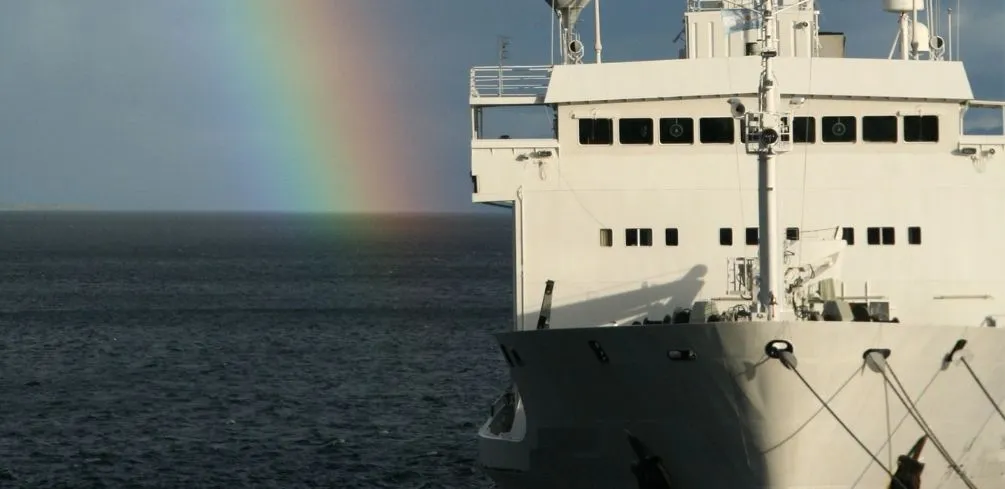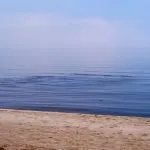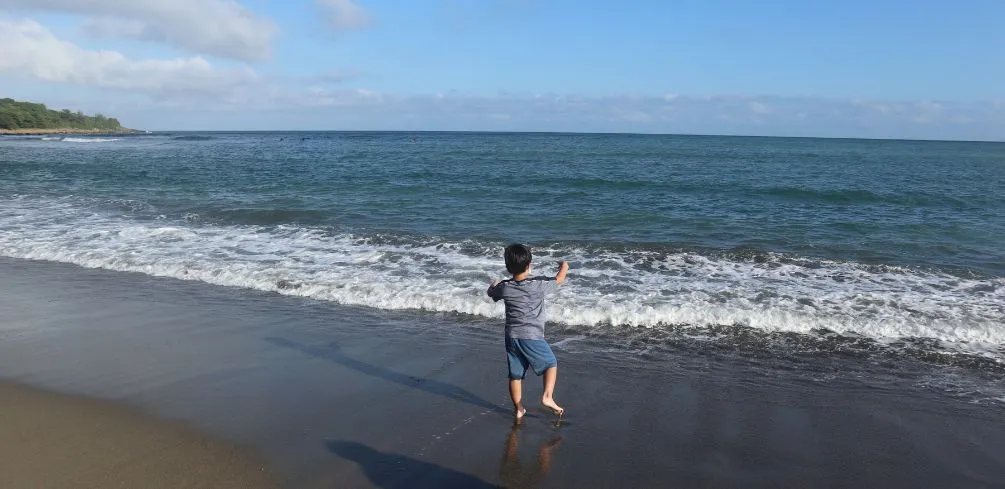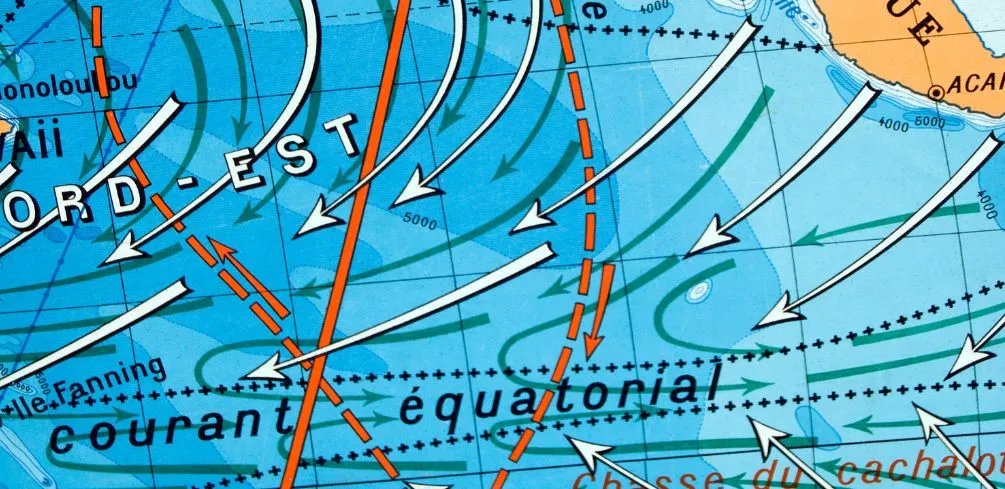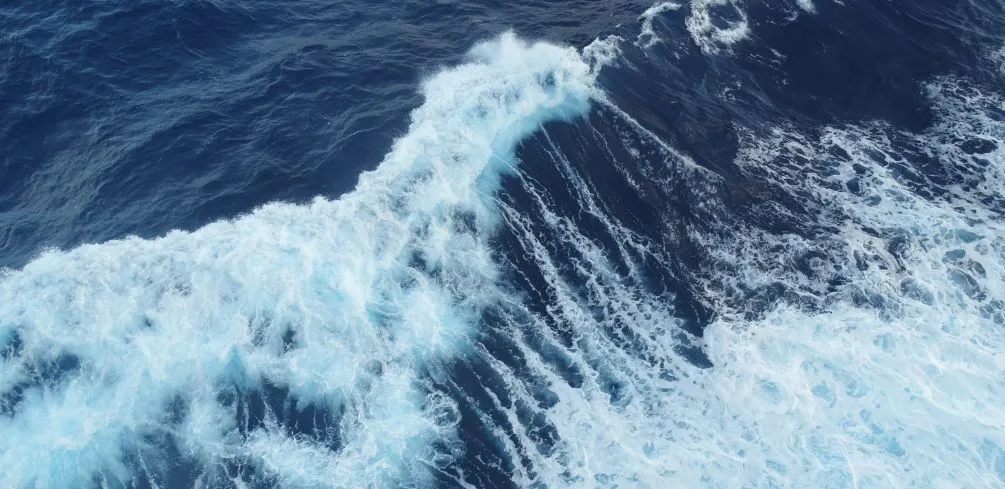Are you planning a cruise journey? A cruise journey is among the best ways of spending a holiday or commuting between places connected by a sea.
However, many people with no cruising experience have many questions regarding them. Some questions include whether cruise ships are safe and how long they take to arrive at their destinations.
So, are cruise ships built for rough seas? By design and construction, cruise ships are built to withstand the dynamics of rough seas. Do not be fearful of booking that voyage on a cruise ship. They are among the safest ones.
Can cruise ships withstand the storms and tides in the sea? These and other questions are some concerns that most people grapple with when planning a journey.
They are legitimate concerns because they border on the safety of a sailor. This article will address various concerns regarding cruise ships.
It will also give you all the answers regarding a cruise ship’s safety. But before that, let us understand what a cruise ship is.
What is a Cruise Ship?
Many people confuse ocean liners with cruise ships. While the two have a near-similar appearance, they differ on various fronts, operational-wise and the routes they use.
A cruise ship refers to a luxury vessel for transporting passengers on a pleasure/leisure or an adventurous voyage on a journey that gives you the experience at the destinations all along the way.
Ocean liners move the passengers from the port of origin to the destination port, often over the oceans. They do not stop at the ports between the origin and destination.
A cruise ship takes passengers on a round trip, culminating at the point of origin. The duration of the voyage varies from one day to month.
Can Cruise Ships Withstand Rough Seas?
Yes, cruise ships can and are built in a way that helps them handle the rough seas. However, the captain tries to avoid sailing through the rough sea.
The captain steers the ship away from the rough sea or the storm. However, steering the cruise ship away is not possible in all cases.
Sometimes there is no option other than to move through the storm. A cruise ship is built to withstand the sea’s rough conditions, and you should not be worried about your safety.
It will safely move past the rough waters without capsizing or sinking.
Cruise ships sailing through rough seas with ten to fifteen feet water waves are not uncommon. However, modern large cruise ships handle such rough waters with no incident because of their design.
As a passenger on a cruise ship, you might feel the water waves in the storm as the cruise ship travels through the rough waters. Those who suffer from seasickness feel the waves, although that is how far the problems go.
When approaching a rough or stormy sea, the captain may advise the passengers to remain indoors for their safety on the ship. It is a good idea to stay seated for those passengers who have mobility issues.
The captain updates the passengers onboard the cruise ship with the period the rough seas will last and other crucial details in real-time.
Ships travel through “non-routine” storms that can be frightening to a passenger, albeit infrequently. For instance, this happened to the cruise ship called the Anthem of the seas when traveling to Port Canaveral.
However, it is a rare occurrence that is unlikely to repeat soon. So you can enjoy your next cruise without fear and you can always ask when booking a cruise if they expect rough seas at this time as they will let you know but keep in mind the prices are usually cheaper.
What Design Features Make a Cruise Ship Stable?
To move right through rough waters without the ship capsizing is a blend of several things, the weight, the shape, and the size of the ship. Let us see how they help the cruise ship stay floating, even in a tide or a storm in the sea.
The Size of The Cruise Ship
The size of a cruise ship determines its stability. The larger the cruise ship, the more stable it is, and the reverse is true.
Therefore, a large cruise ship can withstand and move through the storms in the sea with relative ease.
Cruise ships are large, with most of them over 60m. They can withstand any rough conditions of the sea.
The size of the cruise ship also eliminates the overreliance on the stabilizing technology to keep the cruise ship floating. A large cruise ship also means more space for more passengers.
It leads us to the next design consideration, the weight.
Although cruise ships are huge and tall, their center of gravity is far beneath the water levels. The low center of gravity is a crucial factor that helps the ship remain stable during and after the storm.
The Weight of a Cruise Ship
The other thing helping a cruise ship to move safely in the rough seas is the weight. The cruise ship stays upright because they keep most heavy items on the lower decks.
This equipment includes engines and water tanks with waste, fuel, and drinking water. Depending on its stability, they also have water in the ballast tanks that the cruise ship pumps to either side.
The water helps keep the cruise ship in balance in an emergency, reduces rocking, and counters the forces from the sea waves.
Overall, a cruise ship is a heavy vessel. Therefore, it would require an equally powerful wave to tip it over.
Most cruise ships are built to withstand sea waves that are over 15m. However, such waves are rare in most seas, and a cruise ship may never come across such a wave in its lifetime.
The Shape of The Cruise Ship
If you look at the hull of a cruise ship, you notice it has an unusual shape. Cruise ships are broad and rounded, helping them move smoothly and with as minimal drag as possible.
It also has round edges that increase the cruise ship’s stability, preventing it from rocking and swaying and making the passengers on board feel seasick.
Buoyancy
You may have heard of Archimedes’ laws or even come across them yourself. Ships heavily rely on one of these laws, the physical law that governs buoyancy.
The law states that a body, either wholly or partially submerged in a fluid at its rest, has an upward or buoyant force acting upon it.
The density of a cruise ship has a significant bearing on its buoyancy. Any item denser than the fluid will most likely sink.
However, cruise ships, though heavier, are too large. Hence, they have low density.
The materials used in making cruise ships have low density.
Stabilizers
However, even with all the above factors like buoyancy, ballast tanks, and center of gravity, rogue waves can put the cruise ship at risk. As we saw above, most cruise ships can withstand a wave over 15m high.
Cruise ships feature a stabilizing technology. These are a set of features that prevent the cruise ship from tilting too much on one side.
However, the stabilizers do not help pitch the cruise ship’s front-to-back motion.
A cruise ship has a narrow and longbow to prevent front-to-back movement. The bow helps the cruise ship to cut through the waves effectively.
The combination of longbows and stabilizers helps a cruise ship handle the rough seas and storms.
Are Cruise Ships Equipped with Early Warning Systems?
As we have seen above, a cruise ship handles storms, tides, and rough seas. They can move in either, thanks to their well-thought design and construction.
Although cruise ships can handle these sea conditions, it is necessary to avoid getting caught unawares.
For this reason, cruise ships feature various sophisticated technologies onboard for weather monitoring and tidal mapping. The daily weather forecasts from companies specializing in weather assessment augment the onboard systems.
These assortments of technology serve as an early warning system that the route is clear or may have a storm and help the captain plan accordingly.
If there is a storm or a tidal activity that threatens the sea route through which the vessel was to sail, the cruise line reroutes the ship is the severity of the tide or storm is more than what the cruise ship can handle.
The cruise lines also consider the passenger because, although the cruise ship can withstand most of these storms or tides, the passengers may become seasick.
It is said that chance favors the prepared. That is what these early warning systems do.
They warn the cruise ship crew of an impending rough sea and give them a chance to prepare in advance. The captain can change the course a bit, warn the passengers, or even wait for the sea to calm.
However, rerouting the ship does not happen in most cases.
Conclusion
In most parts of the world, sailors have to contend with rough seas. There are no set seasons where the high waters are calm. However, some places are more prone to rough seas, while others are relatively calm.
Among the factors that affect the calmness of a sea is the prevalence of tides. Some seas like the Caspian, Black, Caribbean, Mediterranean, and Baltic seas, are not prone to tides.
Although these seas are relatively calm, other factors may cause minimal waves, like the winds.
Have you ever wondered if a submarine is effected by rough waters?
